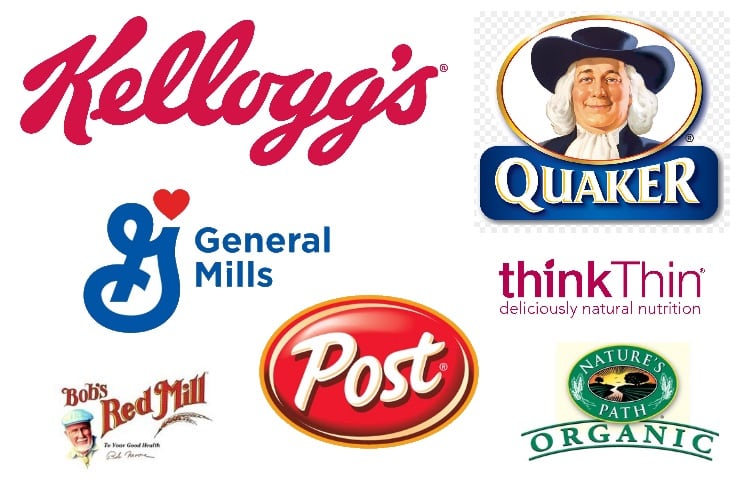John Owen, senior food and drink analyst at the consumer research firm, said: “Americans are now embracing flavor innovation, from indulgent to savory, mainly driven by the increasingly popular ready-to-eat (RTE) popcorn category.”
He noted retail sales of popcorn in the US reached $2.5bn in 2017, increasing by 32% in the past five years, with RTE popcorn leading the flavor innovation wave, growing 118% between 2012 and 2017 to reach $1.1bn.
Shifting toward dynamic flavor combinations
He said: “With the pre-popped convenience of RTE popcorn offering a perfect medium for a range of flavors and toppings, consumers today are interested in both familiar and unexpected [flavors] in this category.”
Mintel data indicated 49% of US adults prefer popcorn with traditional flavors, like cheese, while 32% are willing to buy indulgent varieties, such as chocolate or caramel.
Additionally:
- 39% of consumers are interested in mixed flavor, for example, salty and indulgent popcorn in one bag;
- 20% prefer to have additions, such as dried cranberries or candies, added to the popcorn;
- 12% of consumers are interested in seasonal flavors, such as pumpkin spice and gingerbread.
“The popcorn category is shifting from traditional flavors toward more dynamic flavors and combinations,” said Owen. “
“RTE popcorn brands, in particular, are finding success not only through an expanding array of creative flavors, but also by tapping into growing [consumer] interest in natural and [various] eating occasions.”
Meat Snacks corner the salty snacks market
According to Mintel, meat snacks are another salty snacks segment that can gain consumer recognition by adopting creative flavors.
Owen said: “We are seeing some of the smaller brands drawing a point of distinction by offering niche flavors and formats.”
He noted Meat snacks account for 30% of the US salty snacks category, making it the largest sub-segment. It is also the fastest growing, with sales increasing 45% in the past five years to reach $3.6bn in 2017.
“While interest in premium products such as meat snacks made from prime cuts (58%) is high among meat snack consumers of all ages, younger consumers aged 18 to 34 are most likely to be interested in portable options such as meat snack bars.
“There is also an opportunity for brands to position meat snacks for breakfast, where protein and portability have become essential attributes,” added Owen.
Are Americans are eating less salty snacks?
A recent Mintel survey showed US consumers are eating less salty snacks compared to last year, but researchers said, in reality, the increasing variety of snacking occasions has helped boost sales for the overall category.
“Consumers report eating less salty snacks, suggesting they aren’t as willing to admit to their changing behavior, likely due to lingering negative perceptions of the category,” said Owen, noting there are opportunities for brands to shift their messaging to better position salty snacks as a healthy option.
The salty snacks category increased by 5% in sales last year, reaching $11.9bn, according to Mintel. Sales have grown 31% since 2012, making salty snacks one of the best performing major packaged food categories in the US.


